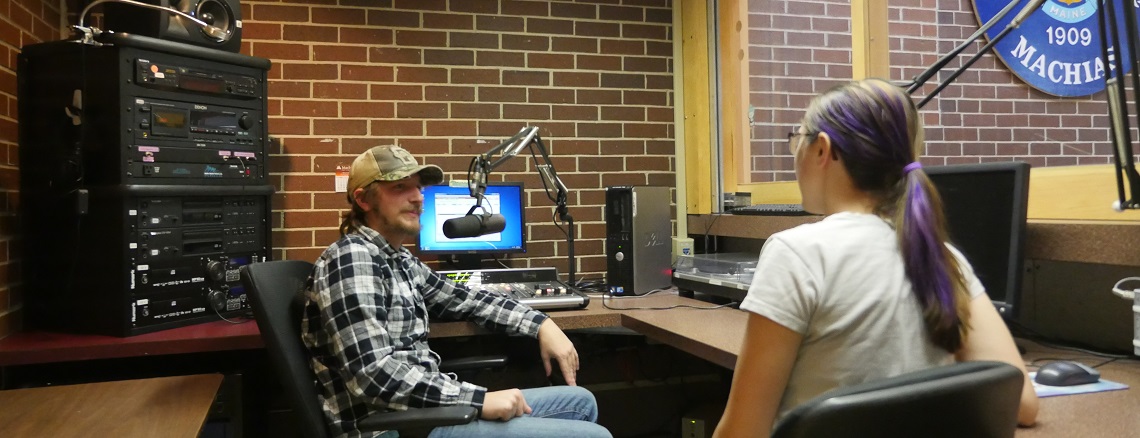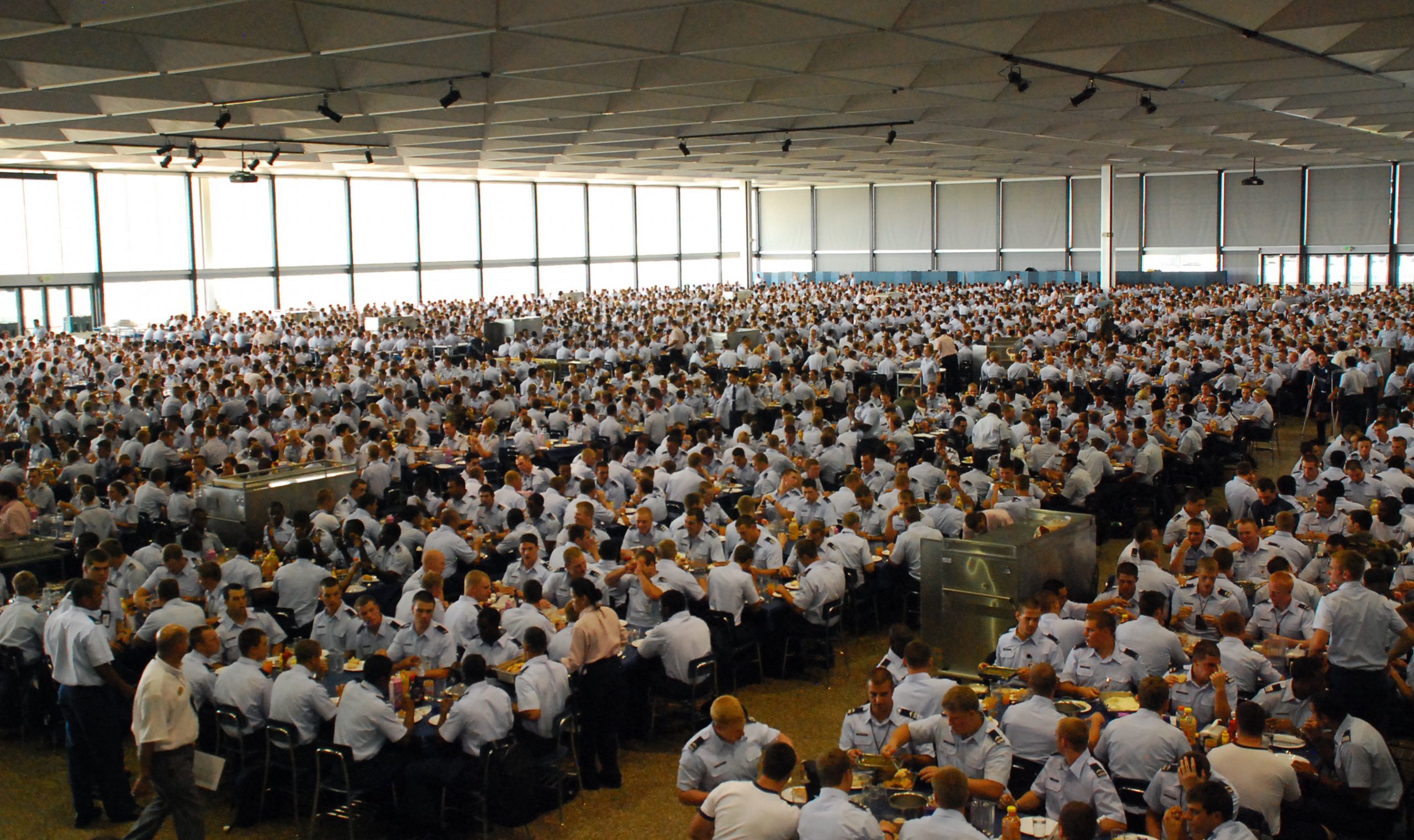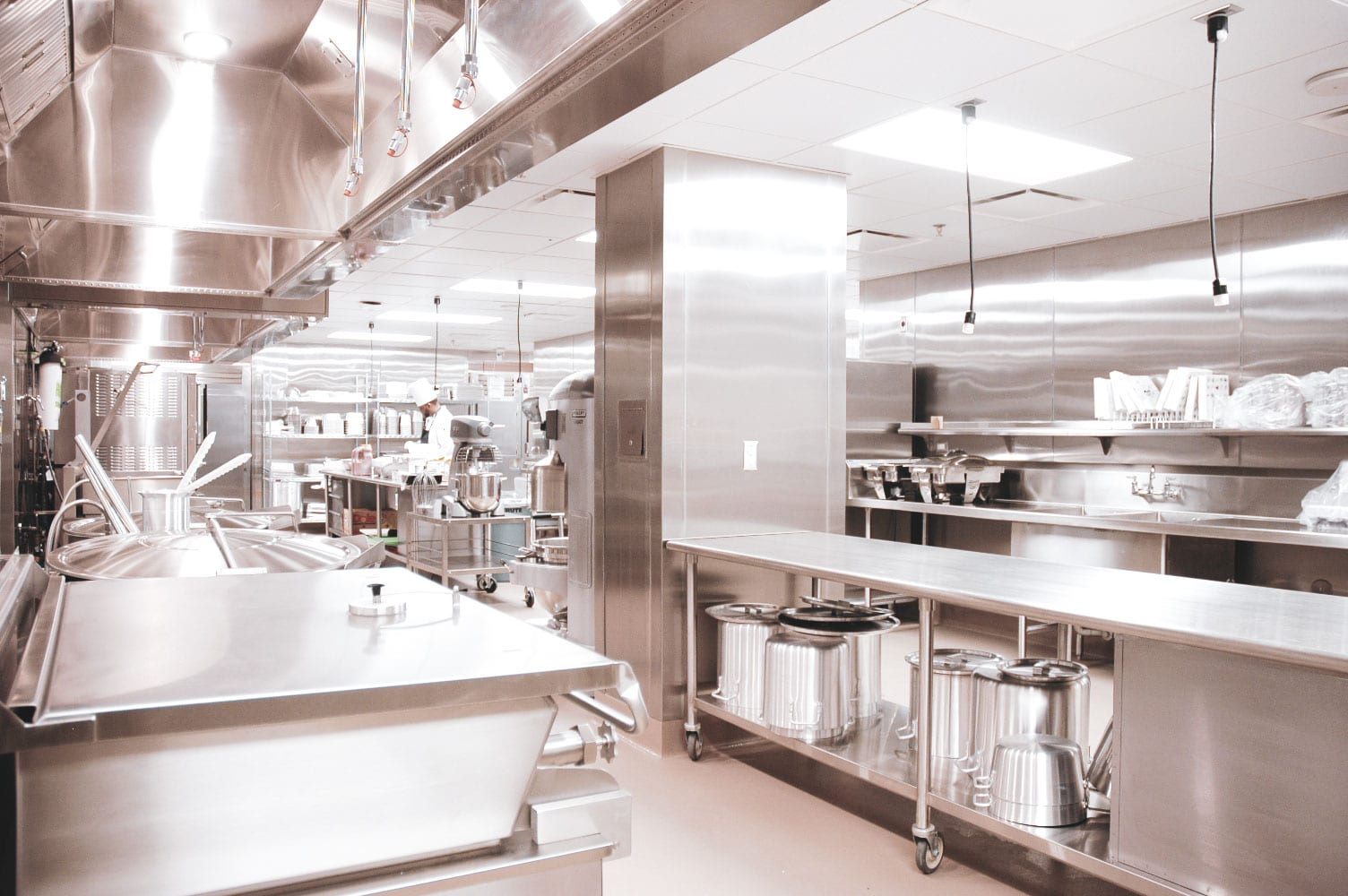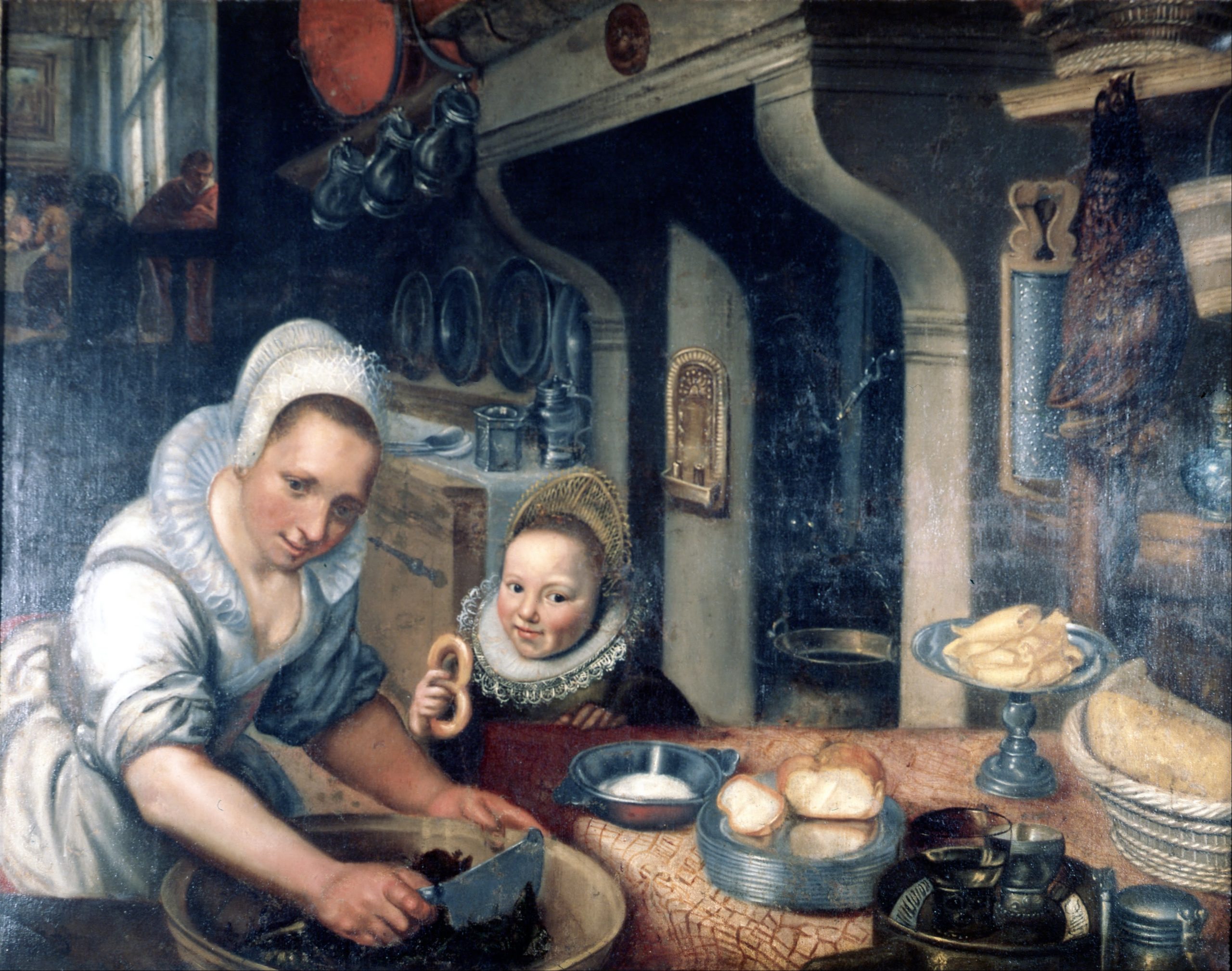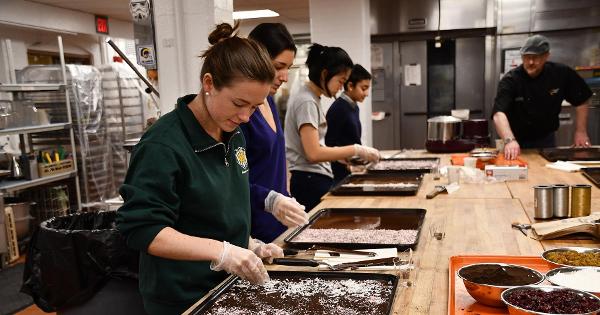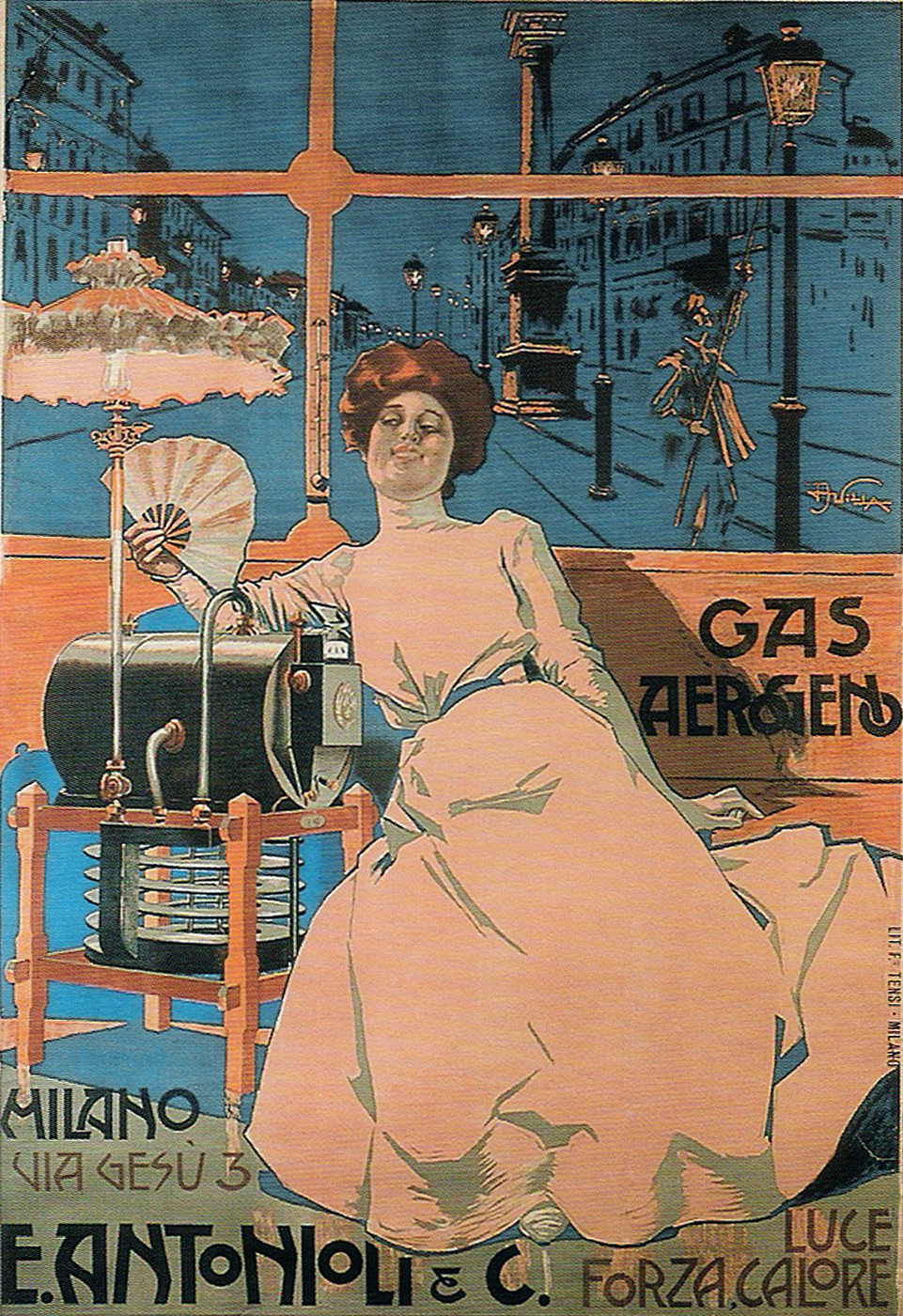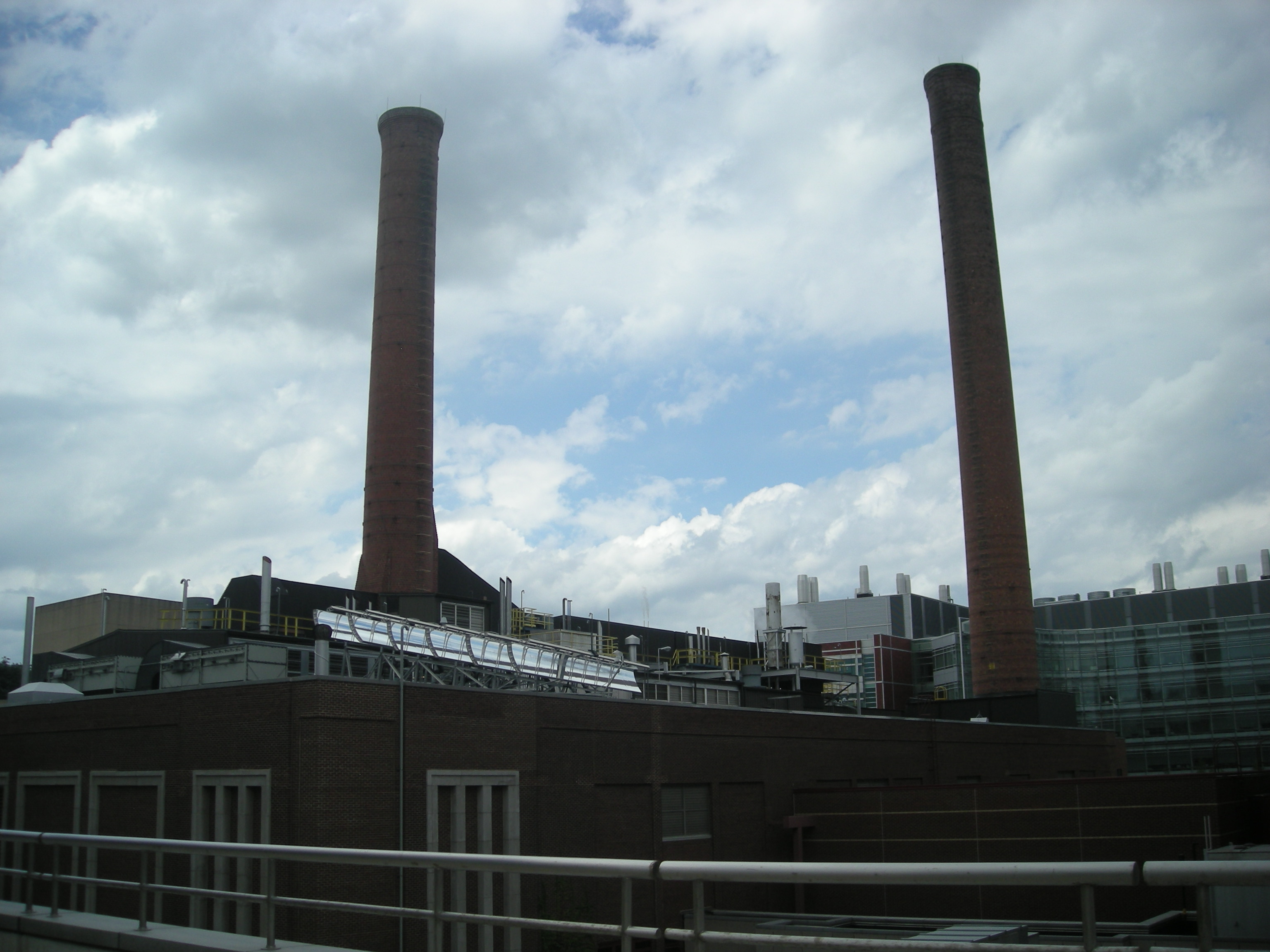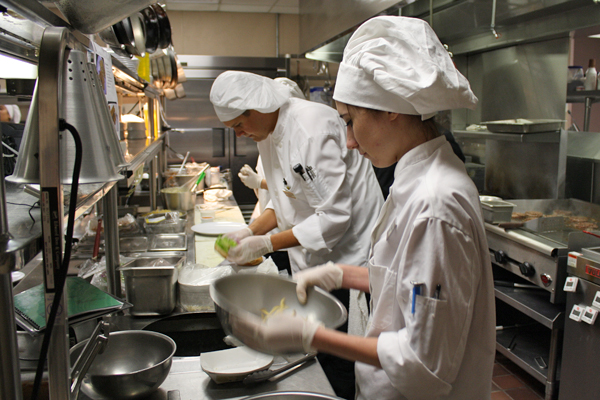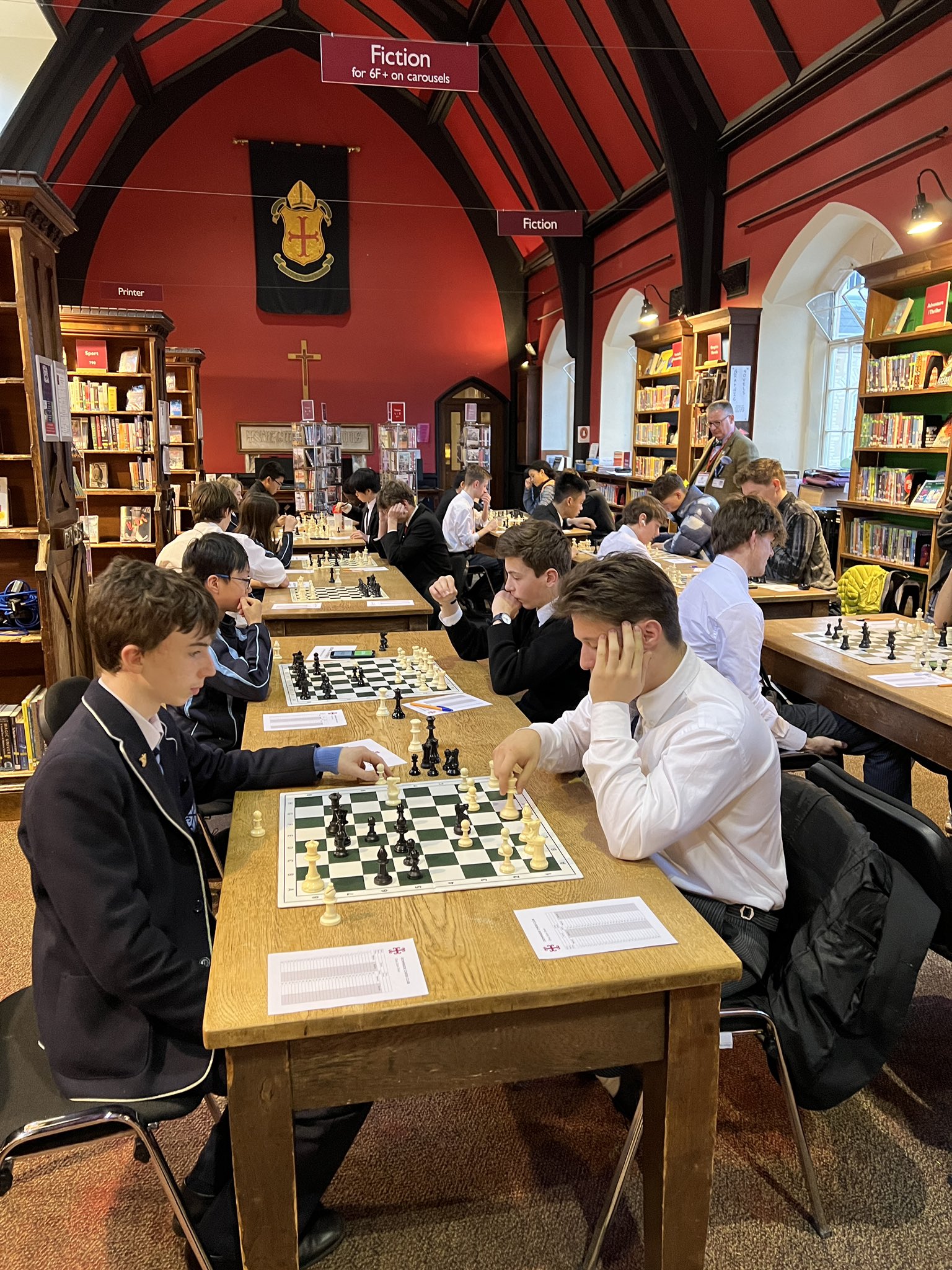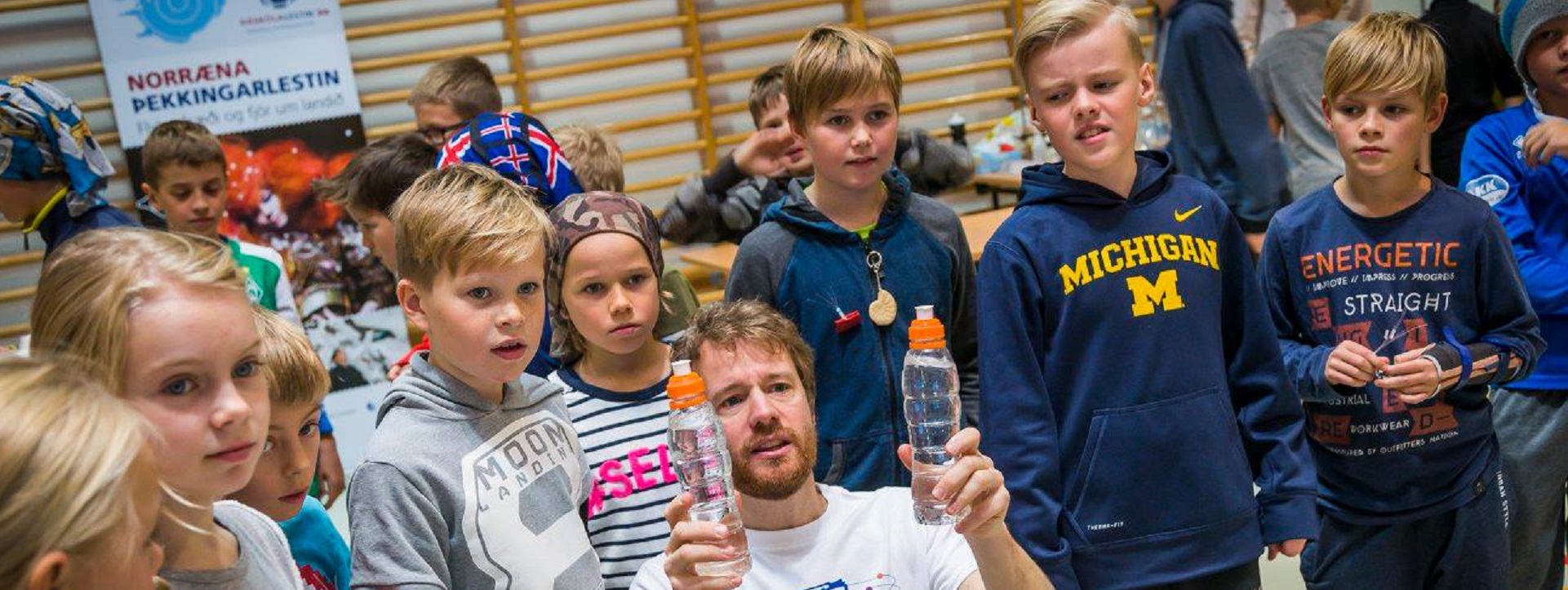Gallery: Planetariums
- Home Page 2

Baked Potato Strips
Maine Major Capital School Construction Programs | Maine Farm Safety Programs
Maine Extension Homemakers Newsletter, January-February-March 2025
Our volunteers are busy, 78.3% of our volunteers serve other organizations.
Maine 4-H Volunteers, where else do you volunteer?
FMI on how you can give a little or give a lot of your time: https://t.co/9CZycRe80H #NE4HVolunteer
N E Reg Vol Impact Survey, 2020 pic.twitter.com/8q6MSEGfYj— UMaine Extension (@UMaineExtension) April 22, 2022
Kitchens 300
Commercial kitchens in school cafeterias and college dormitories are designed to meet strict health and safety standards, accommodate high-volume food production, and provide nutritious meals to students in an efficient and organized manner. Some common features:
- Industrial-grade cooking equipment: This may include commercial ovens, grills, ranges, fryers, steamers, and other specialized cooking equipment designed for high-volume cooking.
- Food preparation areas: These may include spacious prep tables, cutting boards, sinks, and other food preparation stations for washing, chopping, and assembling ingredients.
- Walk-in refrigerators and freezers: These are used for storing large quantities of perishable food items at appropriate temperatures to maintain freshness and safety.
- Food storage facilities: These may include shelves, racks, and cabinets for storing dry goods, canned goods, and other non-perishable food items.
- Dishwashing area: This may include commercial dishwashers capable of handling a large number of dishes and utensils efficiently.
- Serving stations: These may include counters, warming stations, and other facilities for serving food to students.
- Ventilation and exhaust systems: These are essential for maintaining a clean and safe kitchen environment by properly removing smoke, steam, and odors generated during cooking.
- Safety features: These may include fire suppression systems, emergency exits, and other safety measures to ensure compliance with local health and safety regulations.
Owing to the complexity of the domain, starting 2023 we will break down the standards for education community safety and sustainability into two separate colloquia:
Kitchens 100 will deal primarily safety — fire, shock hazard, sanitation, floors, etc.
Kitchens 300 will deal with sustainability criteria in large commercial kitchens common in school cafeterias, dormitories, sports venues and hospitals.
Owing to the complexity of the domain, starting 2023 we will break down the standards for education community safety and sustainability into two separate colloquia:
Kitchens 100 will deal primarily safety — fire, shock hazard, sanitation, floors, etc.
Kitchens 300 will deal with sustainability criteria in large commercial kitchens common in school cafeterias, dormitories, sports venues and hospitals.
Relevant catalogs:
3-A Sanitary Standards
AGA Response to The Atlantic Article about Natural Gas Cooking
ASHRAE International
Ventilation for Commercial Cooking Operations
ASTM International
Institute of Electrical and Electronic Engineers
Noteworthy Research:
Design Application of Smart Kitchen for Aging Based on Interactive Behavior Analysis
A Futuristic Kitchen Assistant – Powered by Artificial Intelligence and Robotics
Environmental analyses of waste cooking oil recycling and complete use practices in Bogor, Indonesia
IAPMO International
Prefabricated Gravity Grease Interceptors
International Code Council
International Building Code Sections 303 Commercial Kitchens
National Fire Protection Association
National Electrical Code
Standard for the Installation of Air-Conditioning and Ventilating Systems
The Association for Packaging and Processing Technologies
We will also review federal and state-level regulatory action. Open to everyone. Use the login credentials at the upper right of our home page.
Related:
Kitchen Exhaust
God walks among the pots and pans.
— Saint Teresa of Ávila c.1582
One of the concentrated risk aggregations in any school district, college, university and technical school, athletic venues and university-affiliated healthcare systems, rests in the food preparation units. On a typical large research university there are hundreds of kitchens in dormitories, student unions, athletic venues, hospitals and — to a surprising degree — kitchen facilities are showing up in classroom buildings. Kitchens that used to be located on the periphery of campus and run by private industry are now moving into instructional spaces and operated by private food service vendors.
Food preparation facilities present safety challenges that are on the same scale as district energy plants, athletic concession units, media production facilities and hospital operating rooms. There are 20 accredited standards setting organizations administering leading practice discovery in this space. Some of them concerned with fire safety; others concerned with energy conservation in kitchens, still others concerned with sanitation. The International Kitchen Exhaust Cleaning Association is one of the first names in this space and maintains an accessible standards development home page; linked below:
The IKECA catalog of titles establish a standard of care for cleaning activity that fills gaps in related ASHRAE, ASME, ICC and NFPA titles. For example:
IKECA I10 Standard for the Methodology for Inspection of Commercial Kitchen Exhaust Systems
IKECA C10 Standard for the Methodology for Cleaning Commercial Kitchen Exhaust Systems
Hazards posed by un-maintained exhaust systems are covered in the NFPA Report: Structure Fires in Eating and Drinking Establishments
We encourage subject matter experts in food enterprises in the education industry to communicate directly with John Dixon at IKCEA (jdixon@fernley.com) or Elizabeth Franks, (215) 320-3876, information@ikeca.org, International Kitchen Exhaust Cleaning Association, 100 North 20th Street, Suite 400, Philadelphia, PA 19103.
We are happy to get specific about how the IKECA suite contributes to lower education community cost during our Food teleconferences. See our CALENDAR for the next online meeting; open to everyone.
Issue: [18-24]
Category: Facility Asset Management
Colleagues: Larry Spielvogel, Richard Robben
LEARN MORE:
Dormitories, Fraternities, Sororities and Barracks
Keele University “Look When You Cook”
Commercial Kitchen Ventilation
Traps, Interceptors and Separators
Natural Gas Transmission & Distribution
Natural gas systems are deeply integrated into educational settlements: providing fuel to district energy plants, hospital backup power systems, hot water systems to residence halls and kitchens to name a few. The American Gas Association catalog is fairly stable; reflected in the relative reliability of the US natural gas distribution network. Still, the door is open for discovering and promulgating best practice; driven largely by harmonization with other standards and inevitable “administrivia”. The current edition of the National Fuel Gas Code (ANSI Z223.1) is dated 2024 and harmonizes with NFPA 54.
Why did WTI Crude oil price crash?
1) Because America’s main WTI oil storage is in Cushing in Oklahoma state. Cushing was at 77% capacity on April 17th. Storage would be full by May 1st week. Cushing is landlockded and 800 km from sea. So storing oil on a ship is not possible. pic.twitter.com/Ye2h8XI3jB
— Kiran Kumar S (@KiranKS) April 22, 2020
Most school districts, colleges, universities and university-affiliated health care systems depend upon a safe and reliable supply of natural gas. Owing to safety principles that have evolved over 100-odd years you hardly notice them. When they fail you see serious drama and destruction.
One of the first names in standards setting for the natural gas industry in the United States is the American Gas Association (AGA) which represents companies delivering natural gas safely, reliably, and in an environmentally responsible way. From the AGA vision statement:
“….(AGA) is committed to leveraging and utilizing America’s abundant, domestic, affordable and clean natural gas to help meet the nation’s energy and environmental needs….”
We do not advocate in natural gas standards at the moment but AGA standards do cross our radar because they assure energy security to the emergent #SmartCampus. We find AGA standards referenced in natural gas service contracts (for large district energy plants, for example) or in construction contracts for new buildings. As with all other energy technological developments we keep pace with, improvements are continual even though those improvements are known to only a small cadre of front line engineers and technicians.
AGA has released seventeen redlines containing proposed changes to one of its parent documents for natural gas delivery” GPTC Z380.1 Guide for Gas Transmission, Distribution, and Gathering Piping Systems. The redlines are listed in the link below:
American Gas Association Standards Public Review Home Page
Public consultation on the 2027 National Fuel Gas Code closes June 4, 2024.
You may obtain an electronic copy from: https://www.aga.org/research/policy/ansi-public-reviews/. Comments should be emailed to Betsy Tansey GPTC@aga.org, Secretary, ASC GPTC Z380. Any questions you may have concerning public reviews please contact Betsy Tansey (btansey@aga.org) as well.
We meet online every day at 11 AM Eastern time to march through technical specifics of all technical consensus products open for public comment. Feel free to click in. Also, we meet with mechanical engineering experts from both the academic and business side of the global education community once per month. See our CALENDAR for our next Mechanical Engineering monthly teleconference; open to everyone.
Issue: [19-27]
Category: Energy, Mechanical, Risk Management
Colleagues: Mike Anthony, Richard Robben, Larry Spielvogel
Commercial Kitchens
2025 GROUP B PROPOSED CHANGES TO THE I-CODES: Complete Monograph (2630 pages)
36 kitchen related proposals were reviewed during our precious sesssion
2024 GROUP A PROPOSED CHANGES TO THE I-CODES: Complete Monograph (2658 pages)
Commercial kitchens offer several benefits, such as efficient food preparation and large-scale production, allowing businesses to meet high demand. They provide professional-grade equipment and ample space, enabling chefs to explore culinary creativity. Commercial kitchens also promote hygiene and food safety standards, with dedicated cleaning protocols and inspections. However, hazards can arise from the high-temperature cooking equipment, sharp tools, and potentially hazardous substances. There is also a risk of burns, slips, and falls, emphasizing the importance of proper training and safety measures. Adequate ventilation and fire safety systems are vital to prevent accidents and maintain a healthy working environment.
The International Code Council is re-configuring its code development process in nearly every dimension. While that situation stabilizes let us review the back-and-forth on this topic during the previous revision cycle (linked below):
2021 International Building Code Section 306 Factory Group F Moderate Hazard
2021 International Fire Code Section 606 Commercial Cooking Equipment and Systems
The International Code Council has recently re-configured its code development calendar:
2024/2025/2026 ICC CODE DEVELOPMENT SCHEDULE
Public hearings on the proposed changes happen in Orlando, April 7-16.
This is a summary of the actions taken on the 2024 Comments on Proposed Changes to the ICC International Codes at the October 23-28, 2024 Committee Action Hearings #2 held at the Long Beach Convention Center, Long Beach, California. Balloting of local building code officials is now underway.
Commercial kitchen electrical power wiring requirements are covered extensively in Article 210 through Article 215 of the National Electrical Code. Standards action in this domain is referred to IEEE Education & Healthcare Facility Committee.
ASHRAE International: Calculating Airflow Rates, Cooking Loads in Commercial Kitchens
Related
International Mechanical Code: Chapter 10 Boilers, Water Heaters and Pressure Vessels
AGA Response to The Atlantic Article about Natural Gas Cooking
Thomas Edison State University: Undergraduate Certificate in Gas Distribution
Teaching Kitchen
Net Position: $393.3M (Page 13)
Behind the scenes of our Falcon Family holiday photo.. we’ve all been there 🎥👀 pic.twitter.com/5d2907GoPn
— Bowling Green State University (@bgsu) December 12, 2025
Ventilation for Commercial Cooking Operations
Kitchen cooking ranks high as the causes of fire hazard in the built environment. ASHRAE 154 provides design criteria for the performance of commercial cooking ventilation systems. Education communities have hundreds of food preparation enterprises in school districts, residence halls, hospitals and athletic venues. It is not intended to circumvent any safety, health or environmental requirement; however we find a fair amount of drama regarding the competing requirements of fire safety and sustainability among subject matter experts. The stabilized version is dated 2022.
A noteworthy title in the ASHRAE standards catalog is ASHRAE 154 Ventilation for Commercial Cooking Operations. Food preparation enterprises in school districts, residence halls, hospitals and athletic venues and central features in education communities. Access to the 2022 edition is linked below:
The purpose of ASHRAE 154 is to provide design criteria for the performance of commercial cooking ventilation systems. It covers kitchen hoods, exhaust systems and replacement air systems, It is not intended to circumvent any safety, health or environmental requirement; however we find a fair amount of drama between partisans of air movement controls and energy conservation interests. Fire safety and the sustainability advocates are well funded voices.
There are no open consultations at the moment; but you may track release of any at the link below:
Public Review Draft Standards / Online Comment Database
Titles in the ASHRAE catalog move swiftly; many of them consultations lasting less than 45 days.
Interior environmental air safety is a concern that cuts across many professional disciplines. Accordingly, we maintain this title on the standing agendas of several colloquia — Mechanical Engineering, Energy and Housing. Starting 2022 we will break out this the subject of a separate, dedicated colloquium See our CALENDAR for the next online meeting; open to everyone.
Issue: [14-92]
Category: Mechanical, Electrical, Energy, Facility Asset Management
Colleagues: David Conrad, Richard Robben, Larry Spielvogel
Kitchen cooking ranks high as the causes of fire hazard in the built environment. ASHRAE 154 provides design criteria for the performance of commercial cooking ventilation systems. Education communities have hundreds of food preparation enterprises in school districts, residence halls, hospitals and athletic venues. It is not intended to circumvent any safety, health or environmental requirement; however we find a fair amount of drama regarding the competing requirements of fire safety and sustainability among subject matter experts. The stabilized version is dated 2022.
print (“Hello World!”)
Data Points (2023 Estimates for 193 countable nations):
Global Gross Domestic Product (GGDP) ~ $106.17T
Anglosphere (United States, United Kingdom, Canada, Australia, New Zealand) ~ $31T (or ~32% of GGDP)
United States GDP $27T (or about 1/3rd of GGDP)

“Livres des Merveilles du Monde” 1300 | Marco Polo | Bodleian Libraries, University of Oxford
Today we break down consultations on titles relevant to the technology and management of the real assets of education communities in the United States specifically; but with sensitivity to the global education markets where thousands of like-minded organizations also provide credentialing, instruction, research, a home for local fine arts and sport.
We steer away from broad policy issues and steer toward technical specifics of public consultations presented by national member bodies of the International Electrotechnical Commission, the International Organization for Standardization, the International Telecommunications Union and the American National Standards Institute. If there is a likelihood that the titles published by these workgroups will be incorporated by reference into public safety or sustainability legislation; or integrated into the cost structure of education communities in any other way, we will listen carefully and contribute meaningfully where we can.
Vienna Convention on Diplomatic Relations | 1961
| “Even apart from the instability due to speculation, there is the instability due to the characteristic of human nature that a large proportion of our positive activities depend on spontaneous optimism rather than on a mathematical expectation, whether moral or hedonistic or economic. Most, probably, of our decisions to do something positive, the full consequences of which will be drawn out over many days to come, can only be taken as the result of animal spirits — a spontaneous urge to action rather than inaction, and not as the outcome of a weighted average of quantitative benefits multiplied by quantitative probabilities. Enterprise only pretends to itself to be mainly actuated by the statements in its own prospectus, however candid and sincere that prospectus may be. Only a little more than an expedition to the South Pole is it based on an exact calculation of benefits to come. Thus if the animal spirits are dimmed and the spontaneous optimism falters, leaving us to depend on nothing but a mathematical expectation, enterprise will fade and die; — though fears of loss may have a basis no more reasonable than hopes of profit had before.”
“The General Theory of Employment, Interest, and Money” — John Maynard Keynes, 1936 |
American National Standards Institute
Setting the standard: Grange members can be voice of rural users in standardization system
ISO/IEC/ITU coordination – Listing of New Work Items (New: Passwords Required)
New ANSI Education Initiative Supports the Next Generation of Standardization Leaders
International Code Council
2024/2025/2026 ICC CODE DEVELOPMENT SCHEDULE (3/17/2023)
International Electrotechnical Commission
International Electrotechnical Commission | CDV Consultations
IEC Open Consultations: 20 December
IEC 87th General Meeting | Cairo, 22 – 26 October
Results from IEC General Assembly 2022 | San Francisco
Extended Versions Certain standards are required to be read in tandem with another standard, which is known as a reference (or parent) document. The extended version (EXV) of an IEC Standard facilitates the user to be able to consult both IEC standards simultaneously in a single, easy-to-use document.
International Telecommunications Union
The case for standardizing homomorphic encryption
Outcomes of the ITU Plenipotentiary Conference
World Radiocommunication Conference
International Standardization Organization
How ISO codes connect the world
New partnership for ISO and ICC
Must-have skills for the green economy
A partial list of projects with which we have been engaged as an active participant; starting with the original University of Michigan enterprise in the late 1990’s and related collaborations with IEEE and others: (In BOLD font we identify committees with open consultations requiring a response from US stakeholders before next month’s Hello World! colloquium)
IEC/TC 8, et al System aspects of electrical energy supply
IEC/TC 22 Power electronic systems and equipment
IEC/TC 62 Electrical equipment in medical practice
IEC/TC 64 Electrical installations and protection against electric shock
IEC/TC 82 Solar photovoltaic energy systems
IEC/SYC Electrotechnical Aspects of Smart Cities
Standards Michigan Workspace for IEC/ITU Consultations
ISO/IEC JTC 1 Information Technology, et. al
ISO/TC 205 Building environmental design
ISO/TC 229 Nanotechnologies
ISO/TC 232 Education and Learning Services
ISO/TC 260 Human Resource Management
ISO/TC 267 Facility Management
ISO/TC 268 Sustainable cities and communities
ISO/TC 301 Energy management and energy savings
ISO/TC 304 Healthcare organization management
We collaborate with the appropriate ANSI US TAG; or others elsewhere in academia. We have begun tracking ITU titles with special attention to ITU Radio Communication Sector.
main( ) { printf("hello, world\n"); }
We have collaborations with Rijksuniversiteit Groningen, Sapienza – Università di Roma, Universität Zürich, Universität Potsdam, Université de Toulouse. Universidade Federal de Itajubá, University of Windsor, the University of Alberta, to name a few — most of whom collaborate with us on electrotechnology issues. Standards Michigan and its 50-state affiliates are (obviously) domiciled in the United States. However, and for most issues, we defer to the International Standards expertise at the American National Standards Institute
ANSI INTERACTIVE MAP: INTERNATIONAL TRADE & DEVELOPMENT
Use the login credentials at the upper right of our home page.
More
Data Point: Global Construction Market is Expected to Reach $11 trillion by 2031
General Public Participation in ANSI ISO Activities
March 2021 edition of the TMB Communiqué.
ISO/IEC Directives, Part 1, Consolidated ISO Supplement
International Electrotechnical Commission Annual Report 2019
ANSI Education & Training Overview
ITU Digital Technical Standards
* A “Hello, World!” program generally is a computer program that outputs or displays the message “Hello, World!”. Such a program is very simple in most programming languages (such as Python and Javascript) and is often used to illustrate the basic syntax of a programming language. It is often the first program written by people learning to code. It can also be used as a sanity test to make sure that a computer language is correctly installed, and that the operator understands how to use it.
Children’s Rights Management
The Icelandic Standards Body has proposed a new ISO standard: Children’s rights management (Page 45). Public comment will be received until December 10th.
Icelandic Standards Children’s Rights Management Proposal
(Our response to ANSI at the bottom of this page)
December 12, 2025
Dear Madeline, Sara and Rachel:
Hope all is well.
Thank you for the opportunity to comment on this proposal. This statement is our formal recommendation that ANSI find a way for the USA to participate. If you need this recommendation on our letterhead please let me know. I am happy to discuss over the phone at your convenience, also.
The recommendations listed below are informed by University of MIchigan and Standards Michigan engagement with ANSI and ISO for the better part of twenty years*. I, personally, have met with ISO staff several times in Geneva over the past 20 years and have been graciously received. I admire their processes and integrity of purpose.
Now, after having read the Business Plan, just a few bullet points:
-
The boundaries between children’s rights and education will quickly become fuzzy. The length of the list of incumbent references in the Business Plan reveals a requirement for cross-cultural sensitivities.
-
A US TAG will need substantial funding — usually a high bar for non-profits but less so for for-profit manufacturers, insurance companies, inspection and compliance. The mortality rate of ANSI TAGs, from our point of view, seems high.
-
Viability of the project – using successful ISO work on Quality Control, for example – will have to track in regulations that fund compliance revenue. It will take decades, at best half decades, for that to happen.
Looks like a lot of meetings. We applaud Icelandic leadership.
Hope this helps // Mike
xc: Christine Fischer
* List of ISO projects The University of Michigan and Standards Michigan has been involved with since about 2010.
ISO/IEC JTC 4 Smart and sustainable cities and communities • ISO/TC 48 Laboratory equipment • ISO/TC 205 Building environment design • ISO/TC 232 Education and learning services • ISO/TC 260 Human resource management • ISO/TC 267 Facility management • ISO/TC 292 Security and resilience • ISO/TC 301 Energy management and energy savings ISO/TC 304 Healthcare organization management • ISO/TC 336 Laboratory design
• INCITS ISO/IEC/JTC electrotechnology committees
Also: See our ABOUT
New update alert! The 2022 update to the Trademark Assignment Dataset is now available online. Find 1.29 million trademark assignments, involving 2.28 million unique trademark properties issued by the USPTO between March 1952 and January 2023: https://t.co/njrDAbSpwB pic.twitter.com/GkAXrHoQ9T
— USPTO (@uspto) July 13, 2023
Standards Michigan Group, LLC
2723 South State Street | Suite 150
Ann Arbor, MI 48104 USA
888-746-3670


